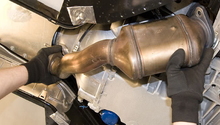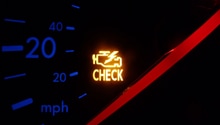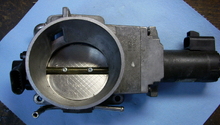C6 Corvette: How to Replace Oxygen Sensor
Oxygen sensors are one of the most misdiagnosed pieces of equipment on your Vette. If you have verified your O2 sensors are bad, you can save a lot of money by changing them out yourself.
This article applies to the C6 Corvette (2005-2013).
Is your Corvette running rough by giving you the shakes at idle or hesitating during take off? It could be a myriad of factors causing this, like bad gas, carbon buildup or faulty O2 sensors. The oxygen sensors are one of the most misdiagnosed problems on any vehicle. Replacing your O2 sensors is not a pleasant job, but it is not too difficult if you take your time and have patience. The cost to have this done by a professional is very expensive, but if you are at all leery, you should bite the bullet and let a pro handle it. If you want to keep those hard earned dollars in your own pocket, read on to learn how to change these sensors yourself. Forward O2 sensors begin at $100 each and the rear begin at $35 each.

Materials Needed
- Penetrating oil or spray (WD-40 or PB Blaster)
- O2 sensor socket
- Jack stands
- Anti-seize compound
- Small torch (optional)
Step 1 – Spray O2 sensors with a good lubricant
Plan your job ahead of time. A day before, spray down the base of the O2 sensor bulb with a penetrating oil or spray. This will make the job much easier. The exhaust system that connects to the sensors go from extremely hot to extremely cold and are dirty from road grime. These sensors get nasty, rusty and almost become welded into place from abuse. If you give them a good soaking the day before, it will greatly help your odds of getting the sensors removed without stripping the threads and requiring a re-tap.
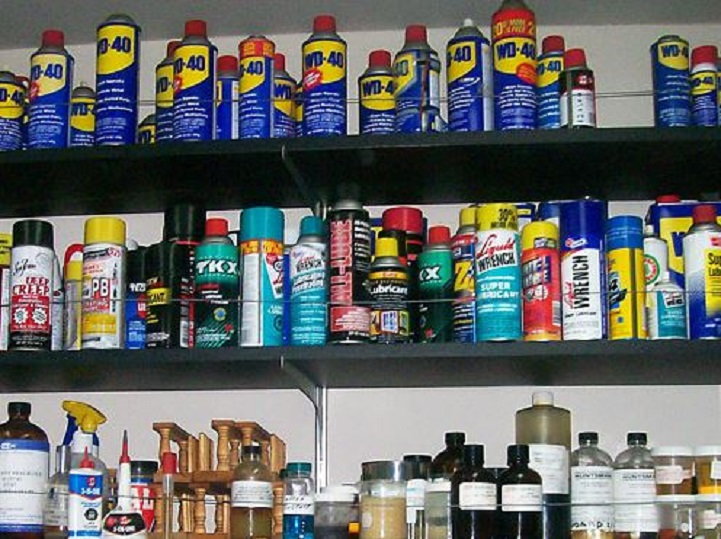
Pro Tip
Know your codes before you start this job. Use a scan tool that can do a live scanning, so you know for sure the O2 sensor code. Your codes should likely be P0030, P0050, P0135, or P0155. Each of these corresponds to the particular bad sensor. Your Vette has four different sensors: two before the cats (after the manifold) and two after the cats.
Step 2 – Remove the bad O2 sensor
Use your special O2 sensor socket to remove the bad O2 sensor. You may have to put some strength into it to break it free. Be careful not to strip the threads or snap it off. A good trick is to start your care, so it gets hot and then try again. Also, you could use a small torch and heat it up that way.

Step 3 – Disconnect the wiring harness
Carefully disconnect the wiring harness from the O2 sensor, and make sure you don't break the clips that hold the two parts together.

Step 4 – Install the new O2 sensor
Take a look at the new O2 sensor. If it did not come with anti-seize compound, add some onto the threads below the bulb of the sensor. Be very careful not to get the anti-seize compound on the bulb itself. Install the sensor back into the port of the exhaust and do not let the bulb hit the sides of the port. The bulb is fairly sensitive, so take extra precautions when handling the sensor.
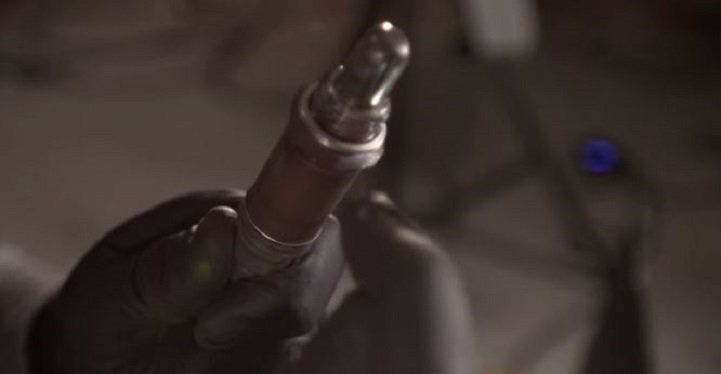
Step 5 – Reconnect the wiring harness
The wiring harness will reconnect much easier. If the O2 sensor you purchased did not come with a harness, you can use the old harness and splice or solder the wires together. After you replace the new sensor, make sure that you keep the wires from touching the pipe, so they don't melt to it.
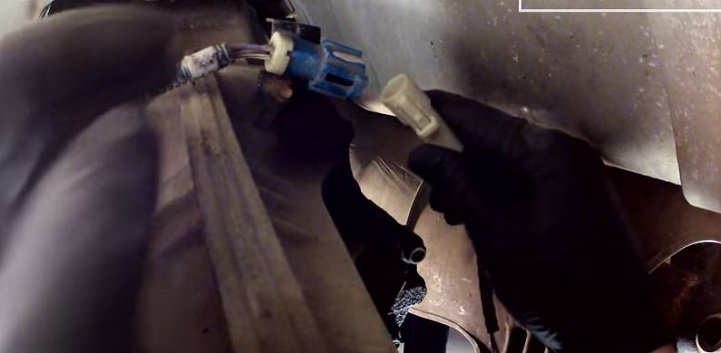
Step 6 – Test your new sensor
Start your car and check to see that the trouble code has turned off. It may take a few minutes for the proper oxygen-fuel settings to reset in the ECM and thereby resetting the light. If the light does not reset, you may have changed the wrong one. You may want to replace the other sensor with another new O2 sensor.
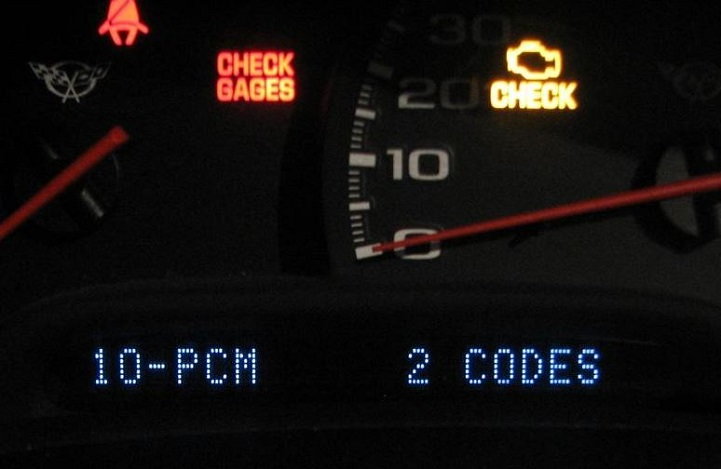
Featured Video: How to Replace an Oxygen Sensor
Related Discussions
- Can't Remove O2 Sensors - CorvetteForum.com
- O2 Sensor Trouble Codes - CorvetteForum.com


